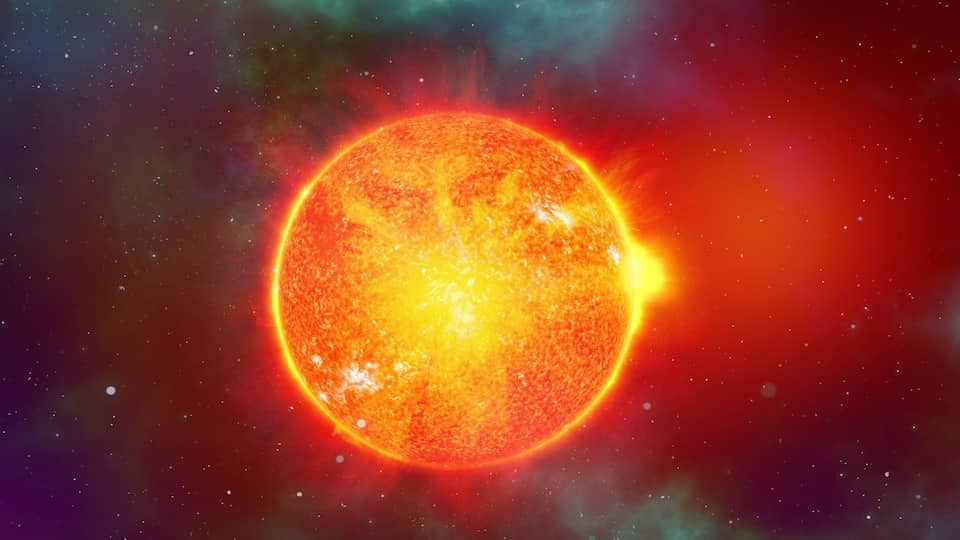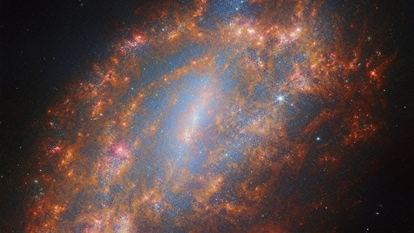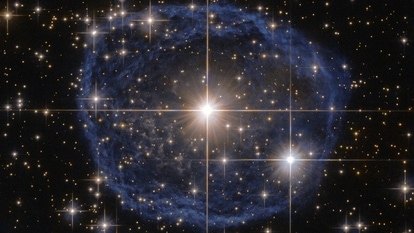Dangerous G3-class geomagnetic storm to STRIKE the Earth today, NOAA issues warning
NOAA forecasters have revealed that a geomagnetic storm, as strong as G3-class, can strike the Earth today, May 12. Know the consequences of the storm.






 View all Images
View all ImagesThe early forecast revealed that a large cloud of coronal mass ejection (CME) that escaped the Sun over the weekend after a solar flare eruption, was scheduled to hit the Earth yesterday, May 11. But it never came, confusing the space weather scientists. But now, a National Oceanic and Atmospheric Administration (NOAA) prediction has revealed that the CME hit is expected today instead. The powerful solar particles are likely to spike G3-class geomagnetic storms, which are fairly strong.
In its 3-day forecast, NOAA stated, “The greatest expected 3 hr Kp for May 12-May 14 2023 is 5.67 (NOAA Scale G3). G1-G3 (Minor-Moderate) geomagnetic storms are likely on 12
May due to CME influence”. It should be noted that the intensity of the storm can change as NOAA continuously updates the value as per the latest data.
NOAA warns of a powerful geomagnetic storm
In April, the Earth was hit by a G3-class geomagnetic storm which not only delayed a SpaceX rocket launch but also forced oil rigs in Canada to stop operations due to an increase in static electricity in the environment. A similar storm can cause a lot of damage in theory.
Storms like these can do more damage than usual. They can damage small satellites, impact mobile networks, GPS, and even pose a threat to ground-based electronics and power grids by increasing the magnetic potential by huge amounts.
The aurora effect can also be seen much further south than normal. NOAA has predicted aurora show can be seen as far as Oregon, Nebraska, and Virginia.
Know how NOAA monitors the Sun
While many space agencies from NASA with its Solar Dynamics Observatory (SDO) to National Oceanic and Atmospheric Administration (NOAA) keep track of Sun-based weather phenomena, one that particularly stands out is the DSCOVR satellite by NOAA. The satellite became operational in 2016 and tracks different measurements of the Sun and its atmosphere including temperature, speed, density, degree of orientation and frequency of the solar particles. The recovered data is then run through the Space Weather Prediction Center and the final analysis is prepared.
Catch all the Latest Tech News, Mobile News, Laptop News, Gaming news, Wearables News , How To News, also keep up with us on Whatsapp channel,Twitter, Facebook, Google News, and Instagram. For our latest videos, subscribe to our YouTube channel.




































